Conveyor Belt Splicing Methods
Conveyor Belt Splicing Methods There are three main types of belts for belt conveyors: fabric core, whole core and wire rope core. There are three main methods
Read MoreAdvanced laboratory, inspection before delivery of finished products.
The company can provide customers with various customized products.
One-stop global supplier of Conveyor Belt and Conveyor Roller.
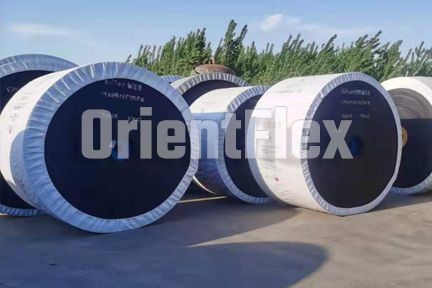
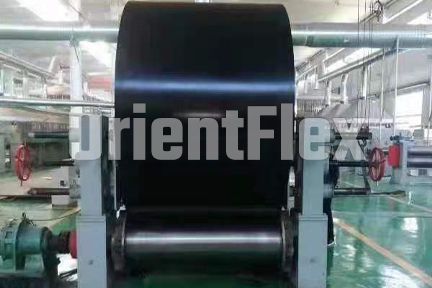

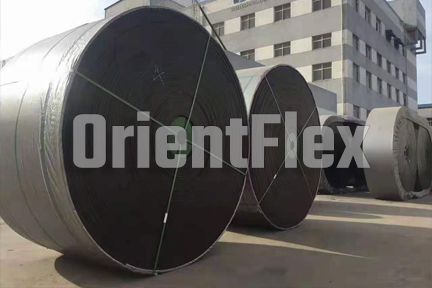
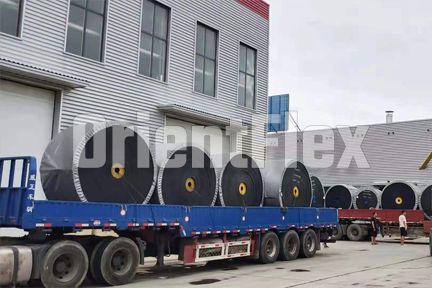
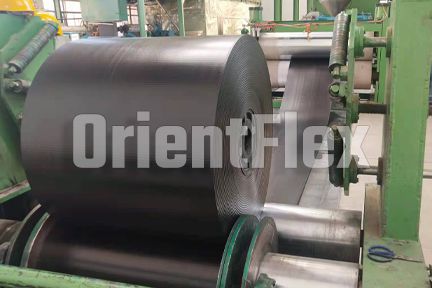
Conveyor Belt Splicing Methods There are three main types of belts for belt conveyors: fabric core, whole core and wire rope core. There are three main methods
Read More
What are the maintenance methods for rubber conveyor belts? During storage, the temperature in the warehouse should be kept between -15°C and +40°C, and the relative humidity should be kept between
Read More
The reasons for the different prices of conveyor belts Due to the variety of types and specifications of conveyor belts, the price of conveyor belts will also vary.
Read More